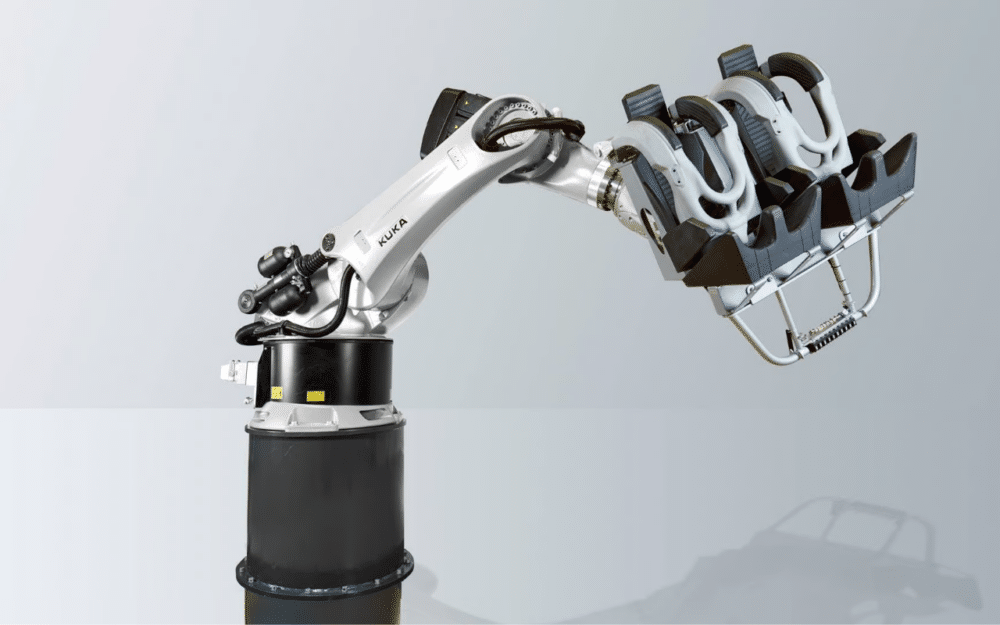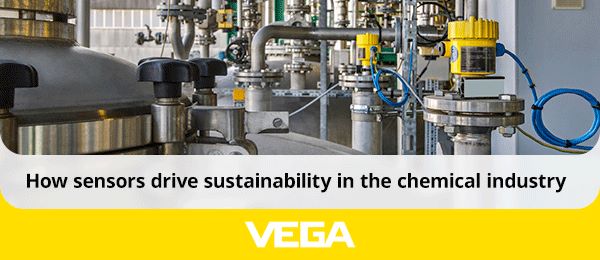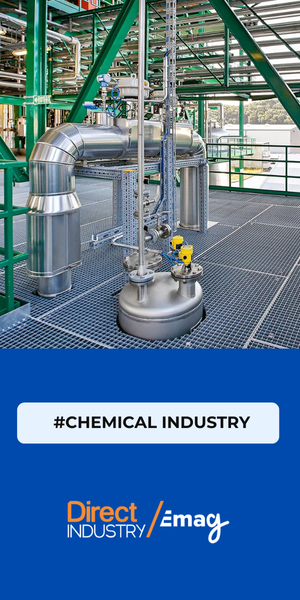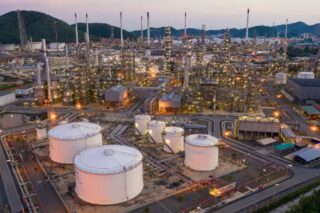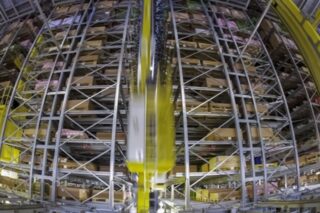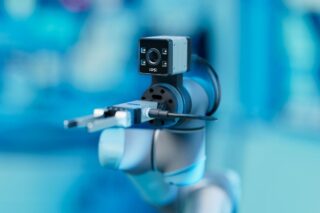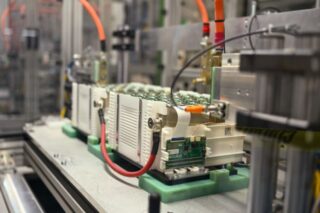From mixing cocktails to powering amusement rides, industrial robots are stepping off the factory floor and into the world of leisure.
Entertainment Market
Industrial robots began life spot welding on assembly lines but, as they have become more dexterous, they have turned their hand to a wide range of tasks. The automotive and electronics sectors are still the world’s largest buyers of industrial robots, but robot makers have also turned their sights on the leisure industry.
The robotics in entertainment market is on a robust growth trajectory, anticipated to expand at a compound annual growth rate of 10.3% from 2024 to 2031, according to Market CAGR research.
The United States and Canada are projected to dominate, with a market share of approximately 35%. Europe follows closely, contributing around 30% to the market, particularly in Germany, France, Italy and the United Kingdom.
The KUKA Coaster
Recognizing the early potential for robots to broaden their horizons, German industrial robot manufacturer KUKA partnered with RoboCoaster back in 2000 to develop the original RoboCoaster G1 amusement ride. A stationary four-axis robot arm carrying two passengers, and meeting safety standard EN 13814, the ride found a home in several Legoland resorts and other locations around the globe.
The four-passenger RoboCoaster G2 took the experience to the next level, with a six-axis robot arm running along a flat track at Orlando’s Wizarding World of Harry Potter to create the feeling of flying through Hogwarts Castle.
Apart from theme parks, today KUKA supplies robots to a diverse range of integrators and system partners, who put them to work in areas from movie production to hospitality. In the coming years, robots will find their way into more and more industries, where they will be operated by a broader range of non-specialist workers, Elias Lucas Möckel, Project Manager with a focus on Entertainment at KUKA says:
“What once began in the automotive industry is increasingly spreading to other industries and small and medium-sized companies. That’s because our mission of making automation accessible to everyone is more than just a goal – it is a necessary development in times of demographic change and an increasing shortage of skilled workers. Our vision is to develop automation solutions that are so user-friendly and intuitive that even unskilled employees can work with them without a long training period.”
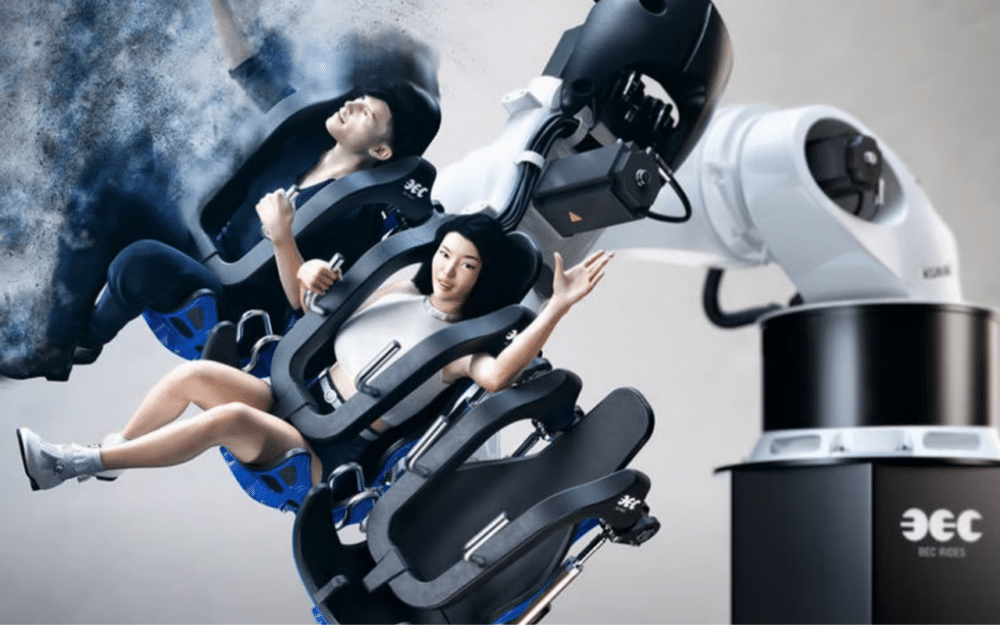
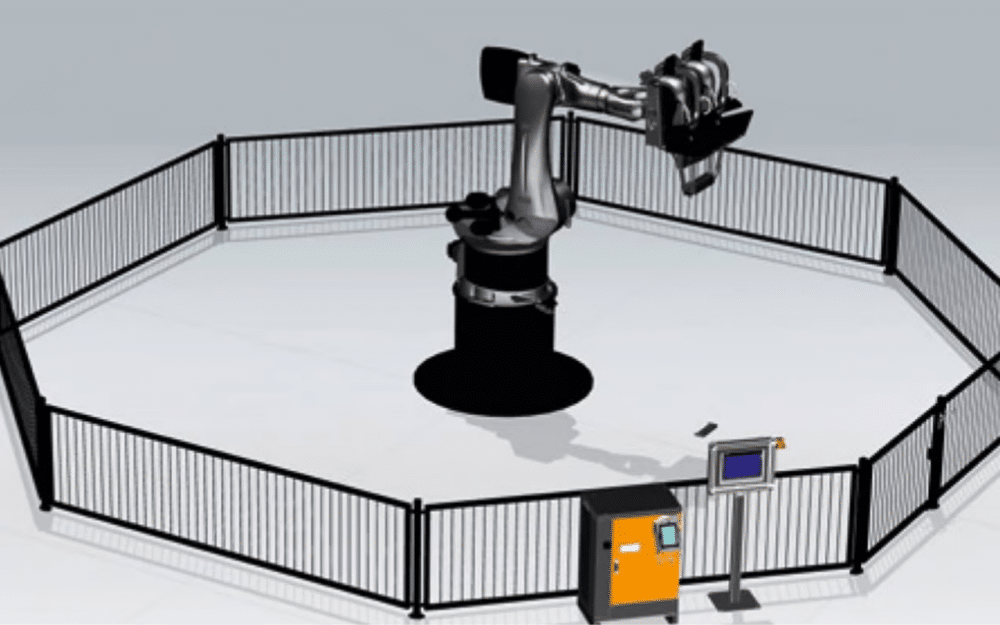
Other Robotic Entertainers
While KUKA is the biggest player in the robot amusement ride market, rival Yaskawa’s dual-arm Motoman assembly and handling robots have been put to work as bartenders and baristas. Meanwhile, ABB’s choreographed robot arms have taken to the stage controlling LED video panels for acts like Bon Jovi.
Honda and Toyota focus on humanoid robots and autonomous vehicles, which can be used in theme parks and exhibitions to engage audiences. Hitachi and Nikon provide imaging technology and robotics for special effects in film and live performances, to elevate visual storytelling.
Entertainment giants like Disney have also embraced a new generation of robotics and animatronics to support both entertainment and hospitality in their theme parks. Walt Disney Imagineering’s free-roaming BD-X droids, powered by NVIDIA’s AI platform, have interacted with visitors at Disneyland’s Star Wars: Galaxy’s Edge. The droid’s head has four degrees of freedom, while its legs have five degrees of freedom including hip joints that allow it to walk while dynamically balancing.
More recently, Tesla’s boss Elon Musk showcased his latest humanoid robot, alongside the unveiling of its new Cybercab and Robovan during an American-style night show. The humanoid Optimus was able to serve drinks to guests during the event, as well as play rock-paper-scissors with some of them. Musk promised this humanoid robot would perform useful tasks
.
